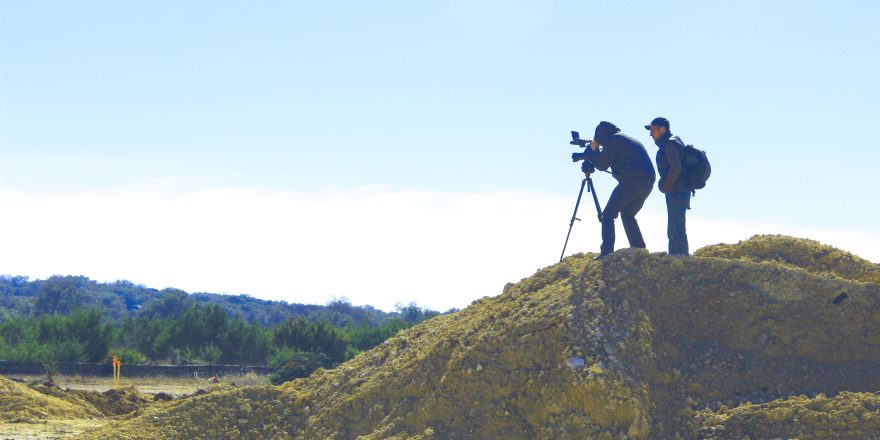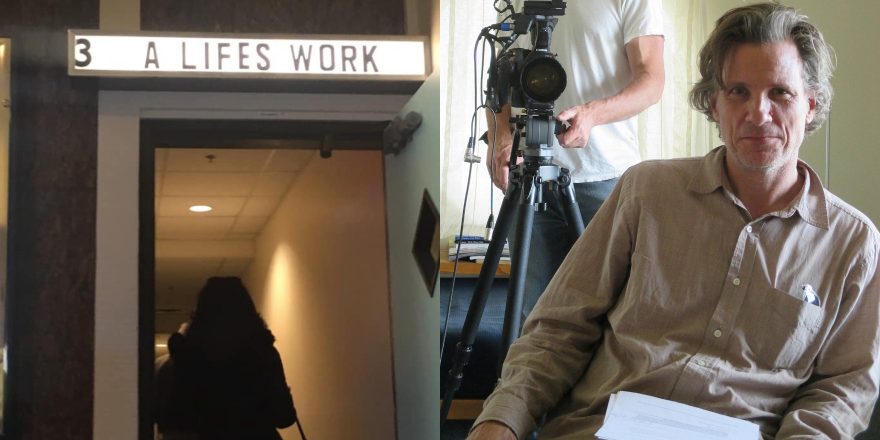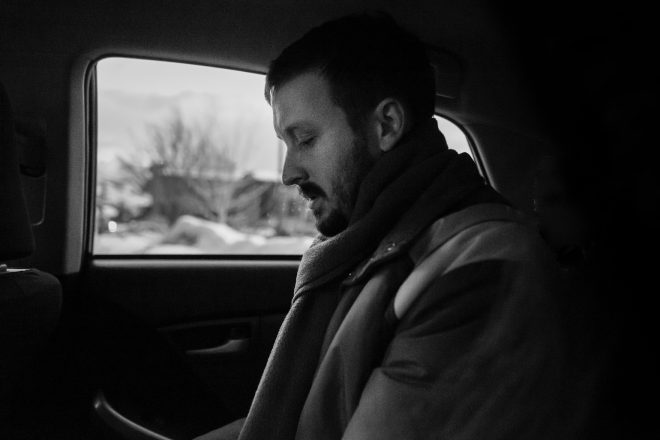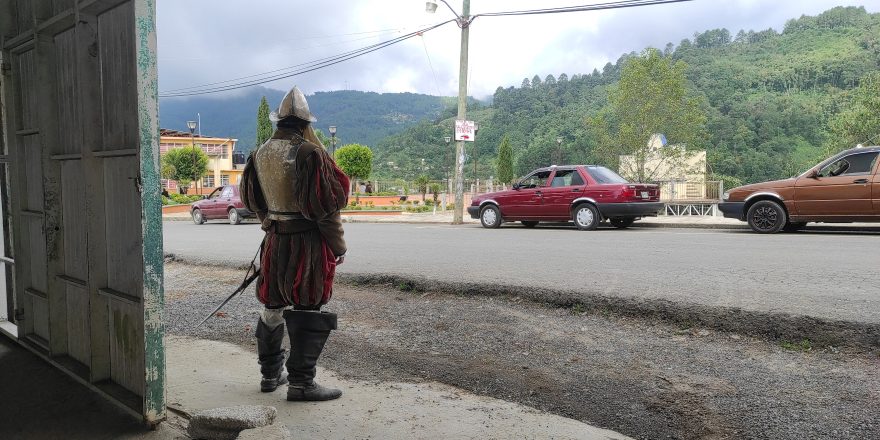“I may not have gone where I intended to go, but I think I have ended up where I needed to be.”
― Douglas Adams
“Perhaps the story you finish is never the one you begin.”
― Salman Rushdie
Einstein proposed and published two world-altering scientific papers connected to the theories of relativity. First, in 1905, there was the special theory of relativity and then, in 1915, his greatest achievement: the general theory of relativity. Together, these theories revolutionized theoretical physics, throwing traditional Newtonian laws of motion and mechanics from the center of human import. A famous Einstein thought experiment goes like this: If two people are in separate elevators going at different speeds, they will experience time differently, and no one can prove it is they who are in the “correct” time. It sounds weird, but it turns out to be true and has been proven, empirically. Time is relative. Gravity warps time. Einstein showed that the speed of light is the same all the time, no matter what or how fast you are moving. But everything else, matter and time, are dependent and change. A new concept – spacetime – was born.
With this new 20th-century theory, absolutes of time were tossed aside. Absolutes became passé, even. I wish my editor at Talkhouse took into consideration the possibility that we are moving in different elevators at different speeds and my clocks are moving more quickly. As the deadline looms over this article, I feel time must be moving differently for the two of us. Because I really do want more seconds, more minutes, more days, more time.
“I love deadlines. I love the whooshing noise they make as they go by.”
― Douglas Adams
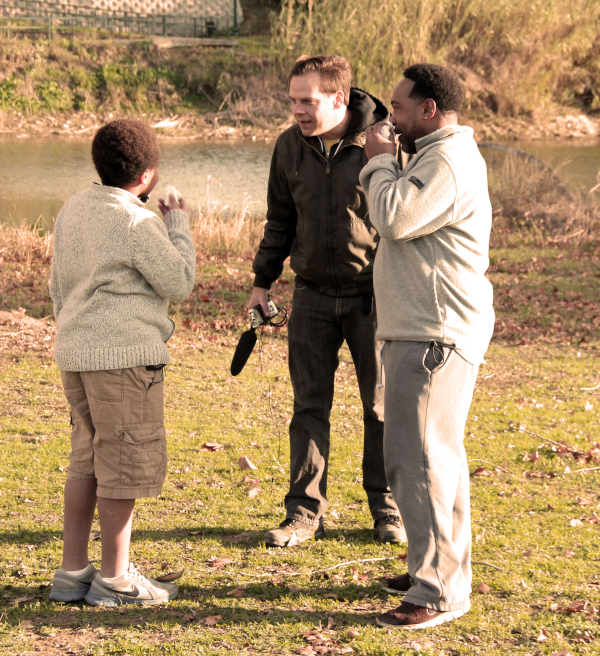
But I really don’t want to talk about deadlines. I do, but I don’t. I mean, I’m a filmmaker. And sometimes even a television producer. And so, I know schedules, deadlines, edit locks and air dates. Everything in media is on a timeline. But despite the fact that I know schedules intimately and professionally, I also took 14 years to make my documentary feature Forced Change. I didn’t plan on it. When Katrina hit in 2005 and I rented a car to drive from New York City to New Orleans to film people going into their homes for the first time to see what they’d lost, I had no idea this would take as long as it did. No one did, least of all the people I was filming with. And I was not on a schedule. I wanted to make a film, a piece of art, something important, even entertaining, but also something complete.
Spike Lee finished his amazing four-part documentary series on Katrina and New Orleans, When the Levees Broke, in one year. Trouble the Water, the feature documentary by Tia Lessin and Carl Deal, was nominated for an Academy Award in 2008.
And there I was. Still making my film. With money invested, time invested, people committed, numerous hours of footage.
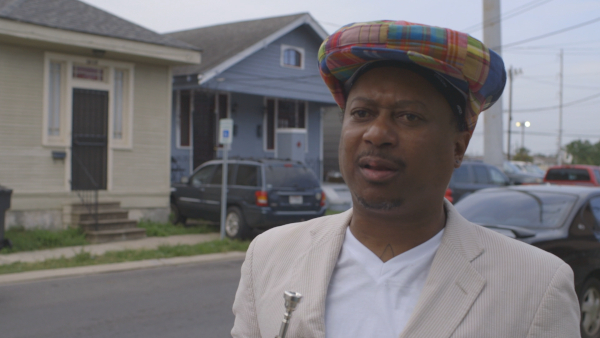
After the first year, I still had 12 characters; some stayed, some left the city. After the second year, I had eight characters. Then six. Because all longform visual media had focused on the rebuilding of New Orleans, I focused my attention on my best stories, which were about the people who left. Finally, I cut down to four key characters, all telling different aspects of the story. This was a slow way to find the building blocks of a documentary narrative, but definitely an organic and honest one.
It was 2014 when I decided I had to finish this film. So I did a Kickstarter campaign and raised more than $30,000. I hired another editor and cinematographer. We worked, we shot, we structured footage. We found holes. We threw footage away. We added visual elements. We planned shoots. We looked for a film, for a story, for something which coalesced.
Then one of the characters decided not to return to New Orleans. That was supposed to be my ending. But plans change – this is real life. Suddenly, I felt like I had no way to end the film. What I had was four separate stories, connected by some past shared experience, but not connected narratively.
On the 10-year anniversary of Hurricane Katrina, 10 minutes of the film played on the PBS NewsHour. I was happy. Ecstatic, actually. I got paid (a little). I got press. It was exciting! And I wondered if that was all. The film wasn’t finished. I mean, it almost was, but it still needed something. It felt like four stories, not a feature film.
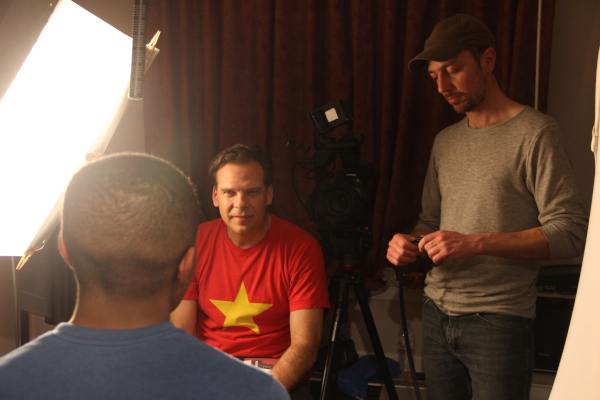
I came to understand along the way that a film has to say something bigger than just its stories. Even if it is nuanced and not definitive, it must be coherent and complete in some mysterious way, like all final creative products.
I think I figured out how to make it work. You’ll see if you watch Forced Change yourself.
But the question is: When is a piece of art finished and how do you know?
Now it’s true, some art takes longer than others. The early David Lynch film Eraserhead took five years. Koyaanisqatsi, the brilliant dialogue-free documentary shot around the world, took seven years. But how much time is actually spent “making” a film? And how much is put into thinking, editing, adding, taking away?
“Perhaps I might be satisfied, momentarily, with a work finished at one sitting, but I would soon get bored looking at it; therefore, I prefer to continue working on it so that later I may recognize it as a work of my mind.”
― Henri Matisse
The contemporary Dutch conceptual artist Petra Groen says that once you start taking things away, it’s getting close. “For me, an art piece is finished when I add something and then start to remove it. Usually, I let it sit for some days so I can take a new look.” I’ve heard this from other artists as well. I think this applies to paintings, sculptures, even documentaries.
“The end never comes when you think it will. It’s always ten steps past the worst moment, then a weird turn to the left.”
― Lena Dunham
Is it ultimately an issue of finding the end of the road, the finish line? Or, in some cases, is it finding the money to finish?
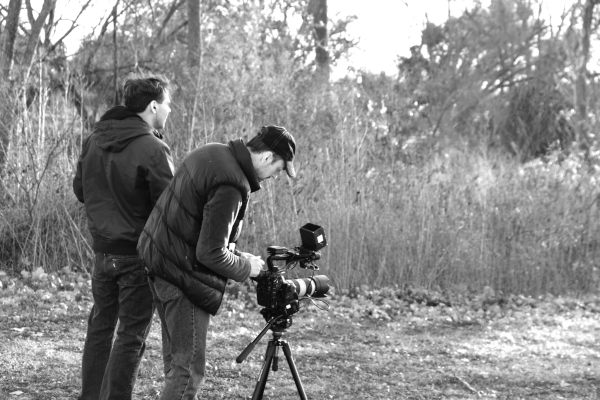
Films cost millions of dollars. Documentaries cost only thousands, but many thousands. The audience for documentaries is smaller than blockbusters. So you can’t spend too much money. But it’s still an expensive medium, and I made Forced Change myself.
Kickstarter brought me money, but no one else gave me any. I have learned on this journey that you have to be experienced for the funders and gatekeepers to trust you. So you have to just make a film, however you can. No one takes chances on someone with no experience; it takes experience to get someone to take chances on you. And I found out that even with years of television experience, you can’t convince someone to give you money for a film if you haven’t made a film. And if you don’t have a lot of money, it takes time. So what do you do?
You make a film. You finish it. Even if it takes 10 years. 14 years. 17 years.
“A movie is never finished, only abandoned.”
― George Lucas
I think deadlines are important. Art takes time, storytelling takes practice and love, and some art is very expensive. The more expensive the art, the more necessary planning is to help prevent costly mistakes. Film is expensive, but it can feel deceivingly haphazard, cheap even. I mean, maybe that’s why some filmmakers who want to make features start by making documentaries. There is a lower barrier to entrance. Just go somewhere with a video camera or your phone and point it and record. But anyone who has made documentaries knows it is much more complicated than that. Joshua Oppenheimer said of the making of his brilliant doc The Act of Killing that more time and planning went into every scene. It was days, sometimes months, to make sure the camera captured what it was looking for. I can’t compare myself to Oppenheimer – his work is genius– but I can relate to the layperson’s belief that you just start filming and the film begins to be made, and the practitioner’s knowledge that it is all about timing, waiting, aiming, point of view, constructing a reality, heavy- and light-handed producing, preplanning.
With all the time in the world and all the money in the world, you can make whatever you want. But the question is, will it be good? Limitations give us structure, give us boundaries. Deadlines make us finish. Right? So should all art have a deadline?
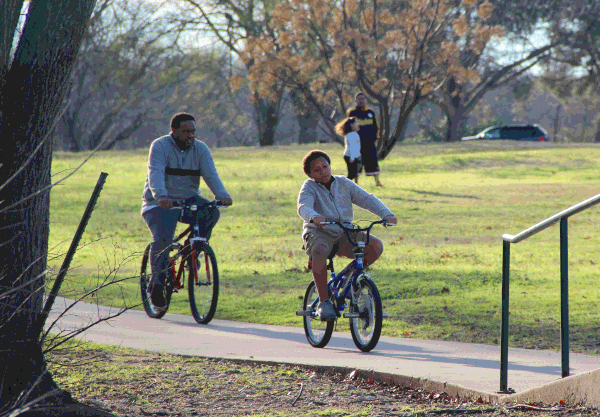
Wait, I’m talking about making art, not adhering to deadlines. But maybe they all are related and intertwined in the life of a creator.
But with time being relative, Einstein and all, deadlines are relative. Right?
So, consider this essay currently abandoned.
“Art completes what nature cannot bring to a finish.”
― Aristotle
“The end is in the beginning and yet you go on.”
― Samuel Beckett
Featured image shows Forced Change‘s director Rennik Soholt, and cinematographer Joe Brunette getting B-roll in Leander, Texas. All images courtesy of Rennik Soholt and 103rd Street Productions.



